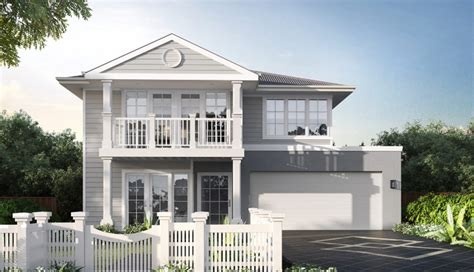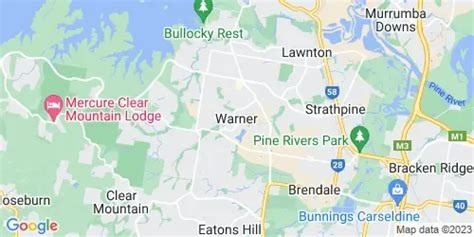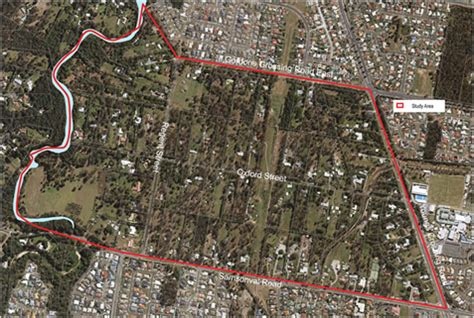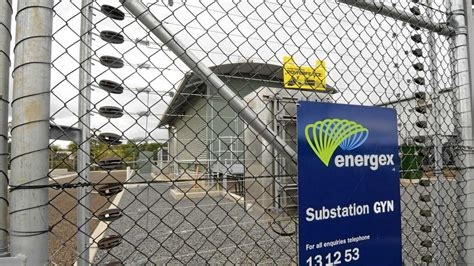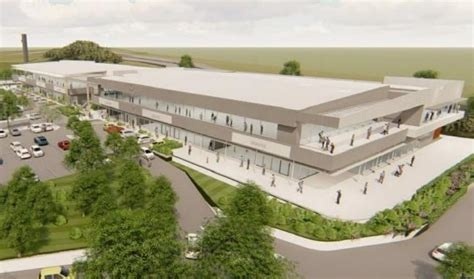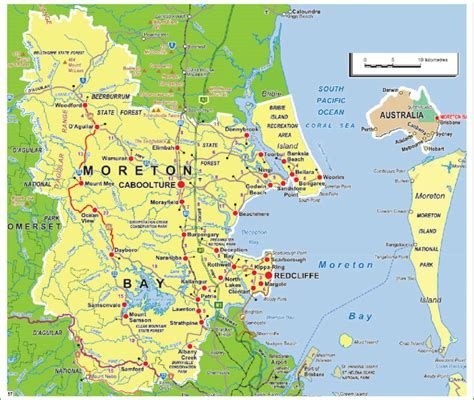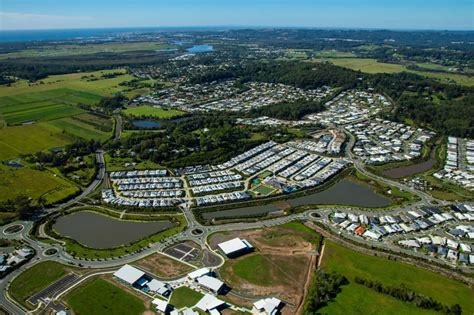Chart Color Schemes
est. as @ -- *
ABS ERP | -- people | --
2021 Census | -- people
Sales Activity
Curious about local property values? Filter the chart to assess the volume and appreciation (including resales) trends and regional comparisons, or scroll to the map below view this information at an individual property level.
Find a Recent Sale
Sales Detail
Population
Eatons Hill has shown very soft population growth performance across periods assessed by AreaSearch
AreaSearch's analysis indicates Eatons Hill's population was approximately 8,022 as of Aug 2025. This figure reflects an increase of 200 people since the 2021 Census, which reported a population of 7,822. The change is inferred from ABS estimates of 8,022 in June 2024 and one validated new address since the Census date. This results in a density ratio of 880 persons per square kilometer, similar to averages seen across locations assessed by AreaSearch. Natural growth contributed approximately 53.2% of overall population gains during recent periods.
For projections, AreaSearch uses ABS/Geoscience Australia data released in 2024 with a base year of 2022 for each SA2 area. For areas not covered and years post-2032, Queensland State Government's SA2 area projections released in 2023 based on 2021 data are adopted. However, these state projections lack age category splits, so AreaSearch applies proportional growth weightings aligning with ABS Greater Capital Region projections released in 2023 using 2022 data for each age cohort. Considering projected demographic shifts, a population increase just below the median of statistical areas across the nation is expected by Aug 2041 based on the latest population numbers, recording a gain of 5.4% in total over the 17 years.
Frequently Asked Questions - Population
Development
The level of residential development activity in Eatons Hill is very low in comparison to the average area assessed nationally by AreaSearch
Eatons Hill has granted around 5 residential properties approval annually. Development approval data is produced by the ABS on a financial year basis, showing 27 homes approved over the past 5 financial years (FY-20 to FY-25), with 0 recorded so far in FY-26. Despite population decline, development activity has been adequate relative to demand, maintaining a balanced market with good buyer choice. New dwellings are developed at an average expected construction cost of $250,000, reflecting more affordable housing options.
This financial year, $935,000 in commercial development approvals have been recorded, indicating a predominantly residential focus compared to Greater Brisbane, where Eatons Hill has significantly less development activity (89.0% below regional average per person). The area's constrained new construction usually reinforces demand and pricing for existing properties. New construction is comprised entirely of detached houses, preserving the area's low density nature and attracting space-seeking buyers with approximately 0 people per dwelling approval. By 2041, Eatons Hill is expected to grow by 430 residents. If current construction levels persist, housing supply may lag population growth, potentially intensifying buyer competition and underpinning price growth.
Looking ahead, Eatons Hill is expected to grow by 430 residents through to 2041. Should current construction levels persist, housing supply could lag population growth, likely intensifying buyer competition and underpinning price growth.
Frequently Asked Questions - Development
Infrastructure
Eatons Hill has moderate levels of nearby infrastructure activity, ranking in the top 50% nationally
Changes to local infrastructure significantly impact an area's performance. AreaSearch has identified six projects potentially affecting this region. Notable ones are Brisbane Northern Suburbs Corridor Capacity, Moreton Bay Indoor Sports Centre, The Sanctuary, and Joyner South Emerging Community Area. The following list details those likely to be most relevant.
Professional plan users can use the search below to filter and access additional projects.
INFRASTRUCTURE SEARCH
Frequently Asked Questions - Infrastructure
Gateway Motorway and Bruce Highway Upgrades
Major transport infrastructure upgrades to improve connections between Moreton Bay region and northern Brisbane. Includes Gateway Motorway Bracken Ridge to Pine River upgrade, Bruce Highway capacity enhancements, and interchange improvements. Will reduce congestion and improve freight movement.
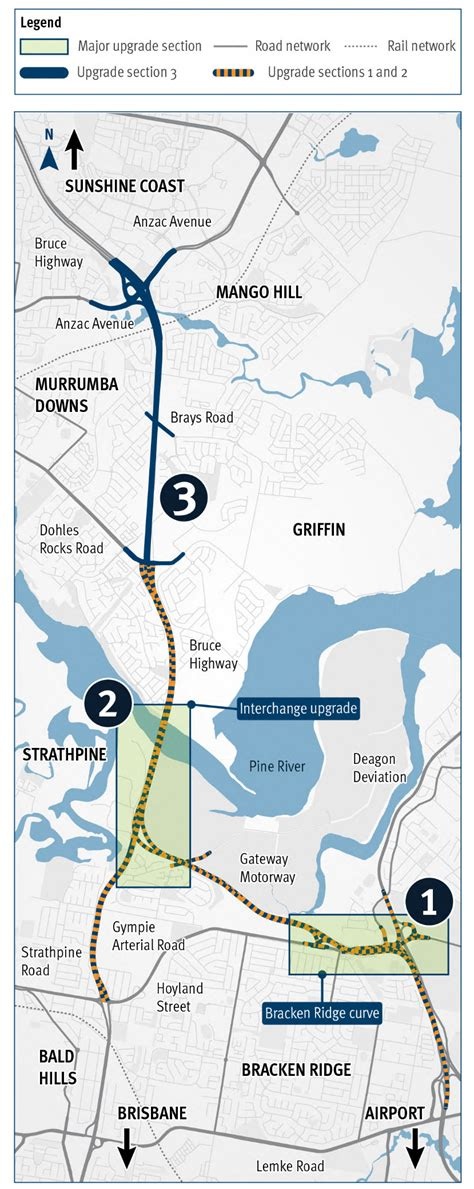
Brisbane 2032 Olympics Infrastructure Program
Major infrastructure program for Brisbane 2032 Olympic and Paralympic Games including venue upgrades, transport improvements, athlete village, and legacy sporting facilities. Part of broader South East Queensland Olympic delivery plan.
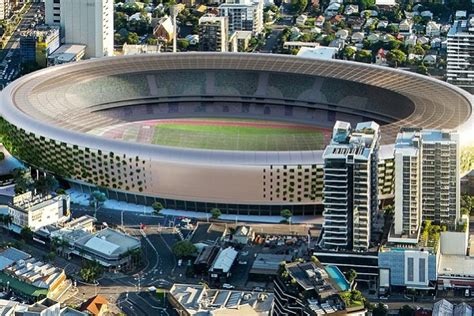
Moreton Bay Indoor Sports Centre
A state-of-the-art $205 million multi-sport facility at The Mill Precinct, Petrie, designed for the Brisbane 2032 Olympic and Paralympic Games. Features 12 courts across two halls for sports including basketball, netball, boxing, volleyball, badminton, futsal, wheelchair rugby, pickleball, gymnastics, fencing, table tennis, taekwondo, handball, sitting volleyball, and wheelchair basketball. Accommodates up to 10,000 spectators for Olympic boxing events. Includes a cafe, 302 car parks, and meeting rooms. Enabling works have commenced on-site, with procurement underway for a Principal Design Consultant and earthworks tender announced. Expected to create 178 construction jobs and be operational by 2028.
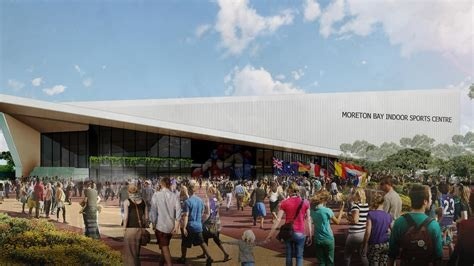
The Quarry by Frasers Property Keperra
Iconic Brisbane hillside transformation rising 170 metres above sea level. Large-scale residential community development featuring quality homes, parklands, and recreational facilities in a elevated bushland setting.
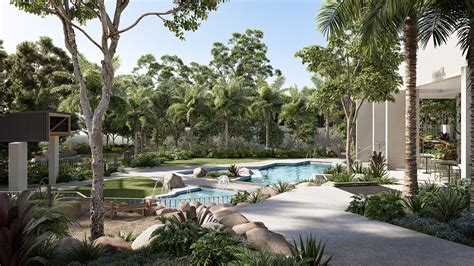
Attraction of Affordable Social Housing Development Policy (City of Moreton Bay)
Council policy to attract and accelerate delivery of affordable and social housing across the City of Moreton Bay by waiving or reducing infrastructure charges and development application fees for eligible projects in priority areas. The policy is implemented alongside the Housing and Homelessness Action Plan 2023-2028 and supported by Queensland Government social housing delivery in the region.
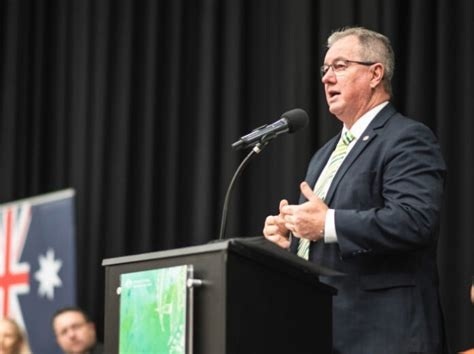
Northern Brisbane Green Corridors
Environmental conservation and enhancement project creating connected green spaces, wildlife corridors, and improved biodiversity across northern Brisbane suburbs including areas adjacent to Wavell Heights.
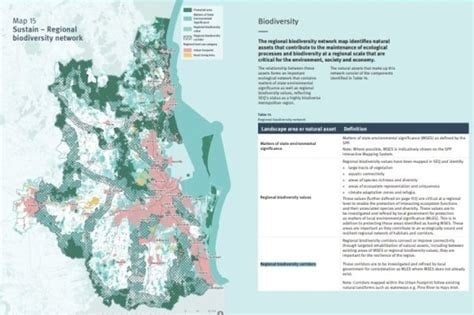
Brisbane Northern Suburbs Corridor Capacity
Program of works to increase capacity and reliability across Brisbane's northern transport corridors (north Brisbane and southern Moreton Bay). Current strands include the proposed Gympie Road Bypass Tunnel (Kedron to Carseldine) now transitioned to TMR for integrated planning, the Northern Transitway on Gympie Road to separate buses from general traffic, and options progressed through the North West Transport Network business case. The focus is on improving public transport priority, relieving Gympie Road congestion, and safeguarding future corridors to 2041 population and employment growth.
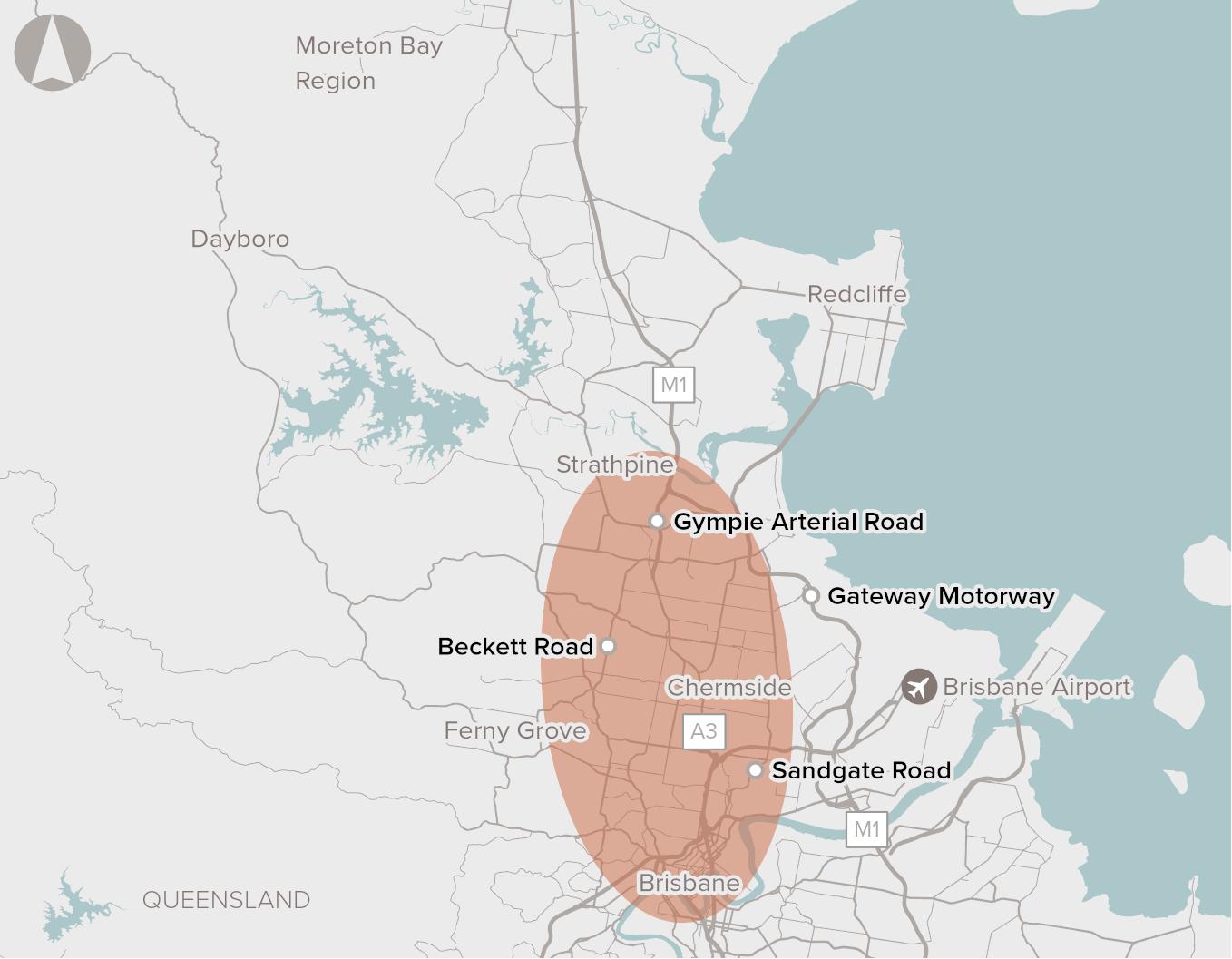
Bruce Highway Gateway Motorway to Dohles Rocks Road Upgrade Stage 1
Major upgrade of Bruce Highway including extended north-facing ramps from Dohles Rocks Road to Anzac Avenue, collector-distributor roads, additional lanes, and improved interchange at Gateway Motorway/Bruce Highway/Gympie Arterial Road. Joint funded by Australian and Queensland governments to enhance traffic flow and capacity along one of Queensland's key transport corridors.
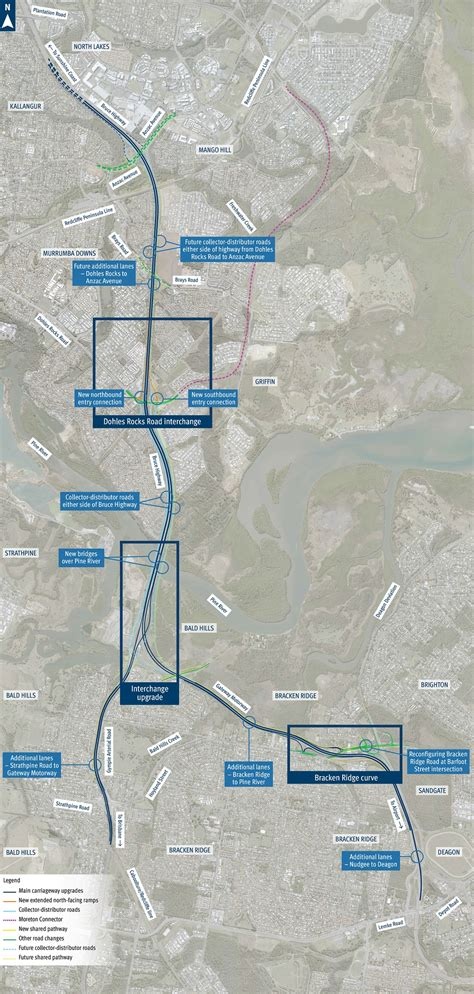
Employment
AreaSearch analysis of employment trends sees Eatons Hill performing better than 90% of local markets assessed across Australia
Eatons Hill has a well-educated workforce with significant representation from essential services sectors. Its unemployment rate was 2.1% as of June 2025, with an estimated employment growth of 6.8% over the past year.
As of that date, 5,237 residents were employed while the unemployment rate was 2.0% lower than Greater Brisbane's rate of 4.1%. Workforce participation in Eatons Hill was 75.3%, higher than Greater Brisbane's 64.5%. Employment among residents is concentrated in health care & social assistance, education & training, and construction. The area shows notable concentration in public administration & safety, with employment levels at 1.3 times the regional average.
Conversely, administrative & support services show lower representation at 2.0% versus the regional average of 3.5%. Limited local employment opportunities are indicated by the count of Census working population versus resident population. In the 12-month period ending June 2025, employment increased by 6.8%, labour force by 7.5%, causing unemployment to rise by 0.7 percentage points. This contrasts with Greater Brisbane where employment grew by 4.4% and unemployment fell by 0.4 percentage points. As of Sep-25, Queensland's employment had contracted by 0.23% (losing 8,070 jobs), with the state unemployment rate at 4.2%. National employment forecasts from Jobs and Skills Australia indicate national growth of 6.6% over five years and 13.7% over ten years. Applying these projections to Eatons Hill's employment mix suggests local growth of approximately 6.7% over five years and 13.7% over ten years, using a simple weighting extrapolation for illustrative purposes.
Frequently Asked Questions - Employment
Income
The economic profile demonstrates exceptional strength, placing the area among the top 10% nationally based on comprehensive AreaSearch income analysis
AreaSearch reports median taxpayer income in Eatons Hill at $63,335 and average income at $76,153 based on postcode level ATO data for financial year 2022. Nationally, the median is $55,645 and the average is $70,520. By March 2025, estimates suggest median income will be approximately $70,752 and average income $85,071, accounting for Wage Price Index growth of 11.71%. The 2021 Census places household, family, and personal incomes in Eatons Hill between the 82nd and 95th percentiles nationally. Income analysis shows 34.6% (2,775 individuals) earn $1,500 - 2,999 weekly, similar to the regional average of 33.3%. Notably, 44.2% earn over $3,000 weekly, supporting premium retail and services. After housing costs, residents retain 87.3% of income, indicating strong purchasing power. The area's SEIFA income ranking places it in the 9th decile.
Frequently Asked Questions - Income
Housing
Eatons Hill is characterized by a predominantly suburban housing profile, with ownership patterns similar to the broader region
The dwelling structure in Eatons Hill, as per the latest Census, consisted of 99.2% houses and 0.8% other dwellings. In Brisbane metro, this was 92.2% houses and 7.9% other dwellings. Home ownership in Eatons Hill was at 28.6%, with mortgaged dwellings at 61.0% and rented ones at 10.4%. The median monthly mortgage repayment was $2,151, higher than Brisbane metro's $2,080. The median weekly rent figure in Eatons Hill was $460, compared to Brisbane metro's $440. Nationally, Eatons Hill's mortgage repayments were significantly higher at $2,151 versus Australia's average of $1,863. Rents in Eatons Hill were substantially above the national figure of $375.
Frequently Asked Questions - Housing
Household Composition
Eatons Hill features high concentrations of family households, with a higher-than-average median household size
Family households account for 90.6% of all households, including 52.9% couples with children, 28.0% couples without children, and 9.3% single parent families. Non-family households constitute the remaining 9.4%, with lone person households at 8.4% and group households comprising 0.8%. The median household size is 3.1 people, larger than the Greater Brisbane average of 2.9.
Frequently Asked Questions - Households
Local Schools & Education
Eatons Hill shows strong educational performance, ranking in the upper quartile nationally when assessed across multiple qualification and achievement indicators
Eatons Hill has a higher proportion of university-qualified residents aged 15 and older (29.7%) compared to the SA4 region average (24.9%). Bachelor degrees are the most common qualification at 20.5%, followed by postgraduate qualifications (5.5%) and graduate diplomas (3.7%). Vocational credentials are also prevalent, with 38.5% of residents aged 15 and older holding such qualifications, including advanced diplomas (14.4%) and certificates (24.1%).
Educational participation is high in Eatons Hill, with 32.8% of residents currently enrolled in formal education. This includes secondary education (11.3%), primary education (11.1%), and tertiary education (5.3%). The area's main educational institution is Eatons Hill State School, serving 1,002 students. Eatons Hill has above-average socio-educational conditions with an ICSEA score of 1058. There is one school focusing exclusively on primary education, with secondary options available in nearby areas. Eatons Hill functions as an education hub with a significantly higher ratio of school places per resident (12.5) compared to the regional average (8.3), attracting students from surrounding communities.
Frequently Asked Questions - Education
Schools Detail
Nearby Services & Amenities
Transport
Transport servicing is low compared to other areas nationally based on assessment of service frequency, route connectivity and accessibility
Transport analysis shows 14 active stops operating within Eatons Hill. These stops offer bus services through three routes, collectively providing 409 weekly passenger trips. Transport accessibility is rated moderate, with residents typically located 444 meters from the nearest stop.
Service frequency averages 58 trips per day across all routes, equating to approximately 29 weekly trips per individual stop.
Frequently Asked Questions - Transport
Transport Stops Detail
Health
Eatons Hill's residents are extremely healthy with younger cohorts in particular seeing very low prevalence of common health conditions
Analysis of health metrics shows strong performance throughout Eatons Hill, particularly for younger cohorts who exhibit a very low prevalence of common health conditions.
The rate of private health cover is exceptionally high at approximately 58% of the total population (4,636 people). The most common medical conditions in the area are mental health issues and asthma, impacting 8.0% and 7.4% of residents respectively. A total of 72.8% of residents declare themselves completely clear of medical ailments compared to 69.9% across Greater Brisbane. Eatons Hill has 13.2% of its residents aged 65 and over (1,058 people), which is lower than the 16.2% in Greater Brisbane. While health outcomes among seniors are above average, they require more attention than the broader population.
Frequently Asked Questions - Health
Cultural Diversity
Eatons Hill ranks below the Australian average when compared to other local markets across a number of language and cultural background related metrics
Eatons Hill's population was found to be below average in cultural diversity, with 79.5% born in Australia, 93.4% being citizens, and 93.4% speaking English only at home. Christianity was the main religion, comprising 55.5% of people in Eatons Hill, compared to 52.9% across Greater Brisbane. The top three ancestry groups were English (30.0%), Australian (27.3%), and Irish (9.2%).
Notably, South African ethnicity was overrepresented at 1.4%, while New Zealand and Welsh remained at 1.0% and 0.7%, respectively, similar to regional figures.
Frequently Asked Questions - Diversity
Age
Eatons Hill's population is slightly younger than the national pattern
Eatons Hill has a median age of 38, which is slightly higher than Greater Brisbane's figure of 36 but equal to Australia's median age of 38 years. The age group of 45-54 shows strong representation in Eatons Hill at 17.7%, compared to Greater Brisbane, while the 25-34 cohort is less prevalent at 7.7%. This concentration of the 45-54 age group is well above the national average of 12.1%. Between 2021 and the present day, the 75 to 84 age group has grown from 2.5% to 4.2% of the population. Conversely, the 5 to 14 cohort has declined from 16.6% to 14.7%, and the 25 to 34 age group has dropped from 9.2% to 7.7%. Looking ahead to 2041, demographic projections reveal significant shifts in Eatons Hill's age structure. The 75 to 84 age group is expected to grow by 84%, adding 282 people and reaching a total of 618 from its current figure of 335. This growth reflects an aging population dynamic, with those aged 65 and above comprising 81% of the projected growth. However, the 15 to 24 and 45 to 54 age cohorts are expected to experience population declines.
